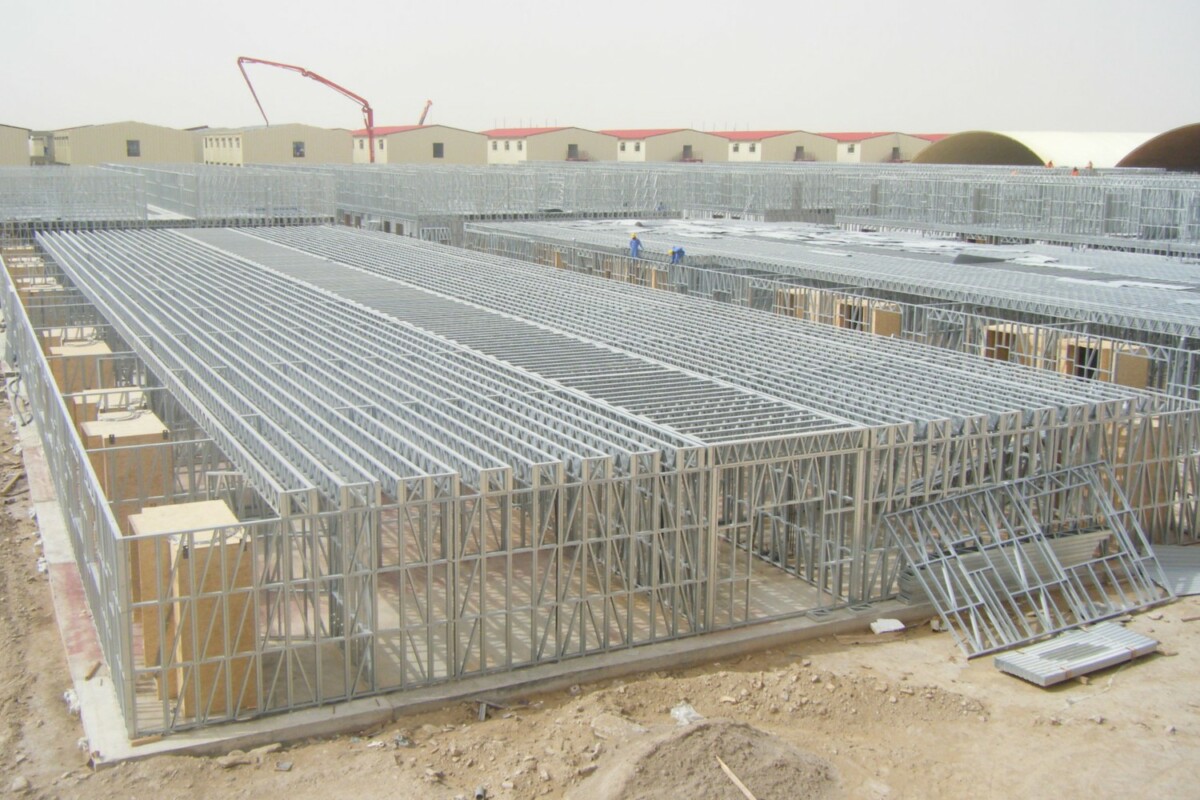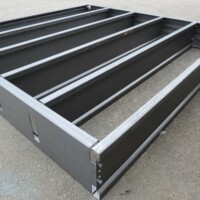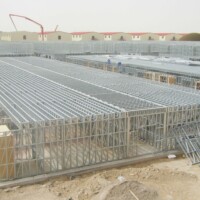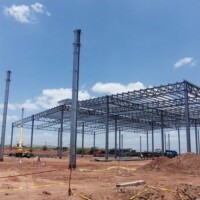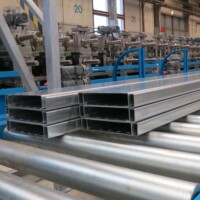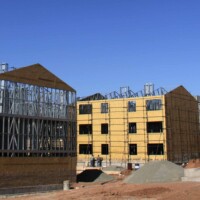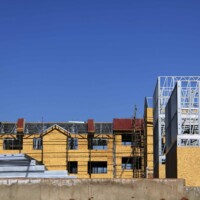Insight
Steel Framing, a Game Changer in Seismic Areas
In earthquake-prone regions, the choice of construction method plays a crucial role in ensuring the safety and resilience of buildings. One method that has emerged as a game-changer in such areas is steel framing. Its unique characteristics and strengths make it an ideal choice for constructing structures that can withstand seismic forces. Let’s explore the benefits of steel framing in earthquake-prone zones and understand why it has become a preferred construction technique.
1. STEEL FRAMING OFFERS SUPERIOR STRENGTH AND FLEXIBILITY
Steel framing offers exceptional strength and flexibility, making it highly resistant to earthquakes. The inherent ductility of steel allows it to absorb and dissipate seismic energy effectively. Unlike traditional building materials, steel maintains its structural integrity even under extreme stress, reducing the risk of collapse during earthquakes. This resilience ensures the safety of occupants and minimizes property damage.
2. LIGHTWEIGHT CONSTRUCTION
Steel framing is known for its lightweight nature, which contributes to its seismic performance. Compared to conventional materials, such as concrete or masonry, steel structures exert less mass and inertia during seismic events. This reduced weight minimizes the inertial forces acting on the building, increasing its ability to withstand ground shaking and reducing the risk of structural failure.
3. STEEL FRAMING PROVIDES DESIGN FLEXIBILITY
Steel framing provides architects and engineers with greater design flexibility, allowing them to create innovative and efficient structures in earthquake-prone areas. Steel’s high strength-to-weight ratio enables the construction of taller and more open spaces without compromising on safety. The material’s versatility also facilitates the integration of advanced engineering techniques, such as base isolation and dampening systems, further enhancing the building’s seismic resilience.
4. RAPID CONSTRUCTION AND COST EFFICIENCY
Steel framing offers faster construction timelines compared to traditional methods. The prefabricated components can be manufactured off-site and assembled quickly, reducing project durations. Additionally, the predictability and precision of steel components minimize construction delays and errors. This efficiency translates into cost savings, making steel framing an economical choice for seismic-resistant construction.
5. SUSTAINABLE AND RECYCLABLE
Steel is a sustainable construction material with a high recyclability rate. It can be recycled indefinitely without losing its properties, reducing the environmental impact of construction projects. Choosing steel framing promotes eco-friendly practices and aligns with sustainable building standards, making it an environmentally responsible choice for earthquake-resistant structures.
SUPERIOR STRENGTH OF STEEL FRAME CONSTRUCTION
In earthquake-prone areas, the importance of adopting resilient construction methods cannot be overstated. Steel framing offers a host of advantages that make it an ideal choice for building in such zones. Its superior strength, flexibility, lightweight nature, design flexibility, rapid construction, cost efficiency, and sustainability make it a compelling solution for earthquake-resistant structures.
By harnessing the power of steel framing, we can create safer, more durable, and sustainable buildings that can withstand the challenges posed by seismic activities. Let’s embrace this innovative construction technique and pave the way for a resilient future in earthquake-prone areas.
WE ARE PARTICIPATING IN MAKING INFRASTRUCTURE SAFER
We at Samesor are involved in developing more sustainable and safer infrastructure for earthquake-prone areas by designing and building environment friendly and cost & energy effective machines for prefabricated light steel frame and element production, as well as machines for purlin production. Samesor LSF solutions automate the building creation process from CAD design to ready-to-assembly prefabricated steel frames.
This is not just fancy words, because after 6th February in the earthquake areas of Turkey and Syria, machines built by Samesor have been used in effort to build steel framed containers and buildings for the survivors, giving them temporary shelters as the first step during the disaster, and furthermore: new homes where to start rebuilding their new life.
Read more: The Time of Rebuilding is Here
